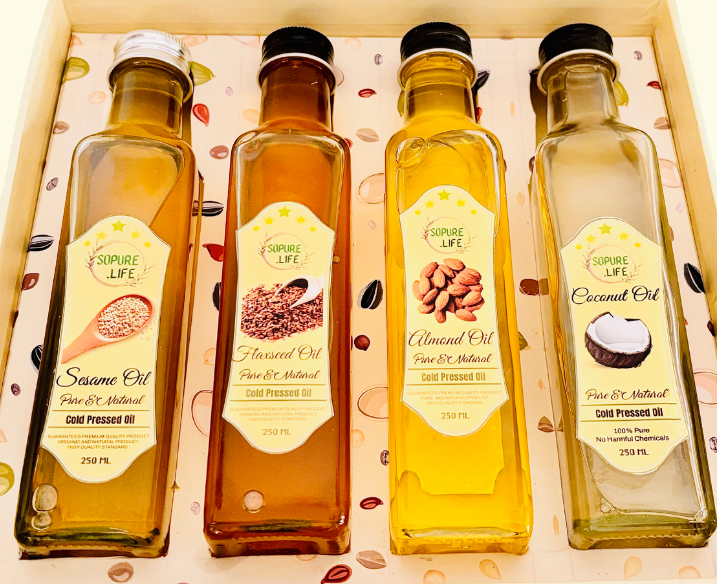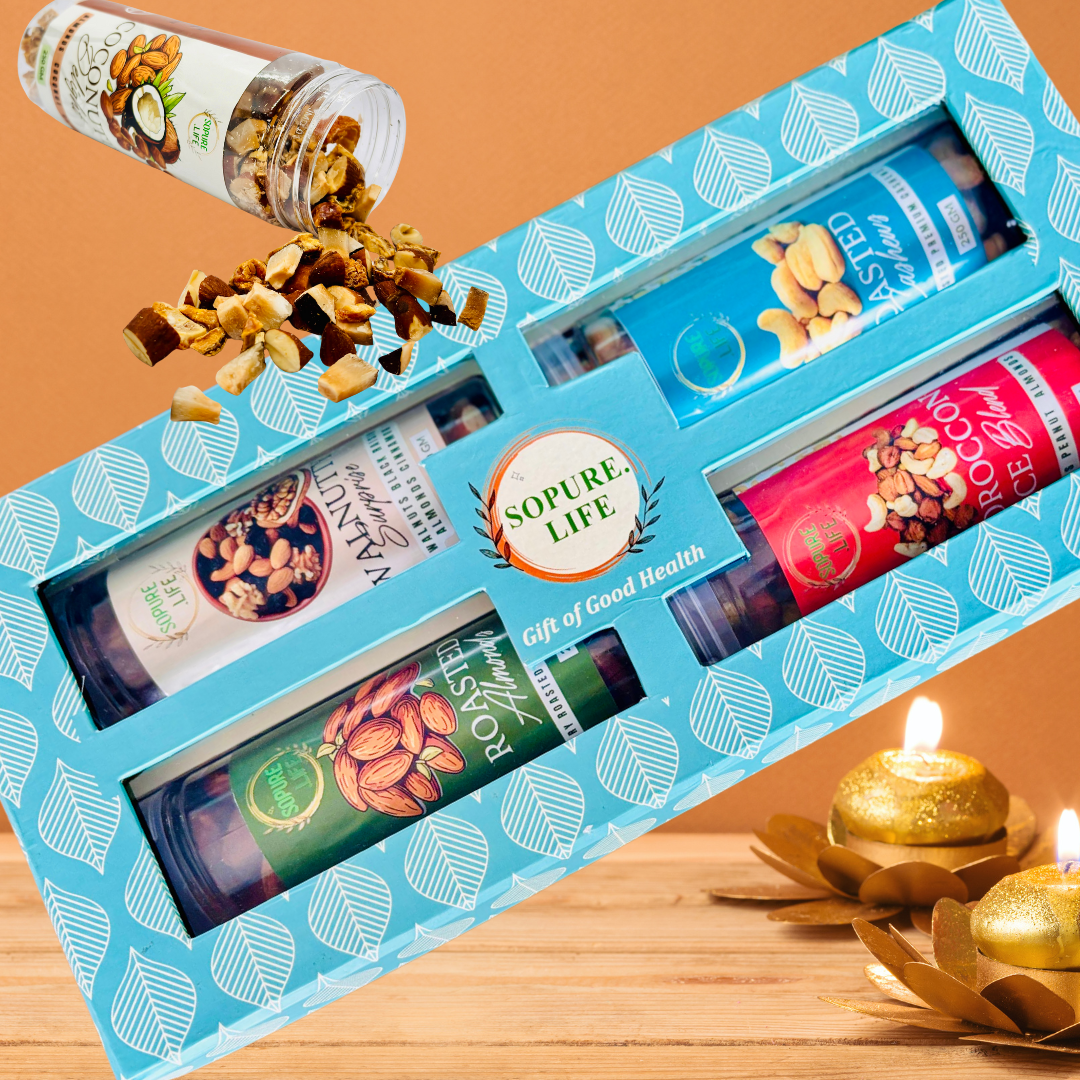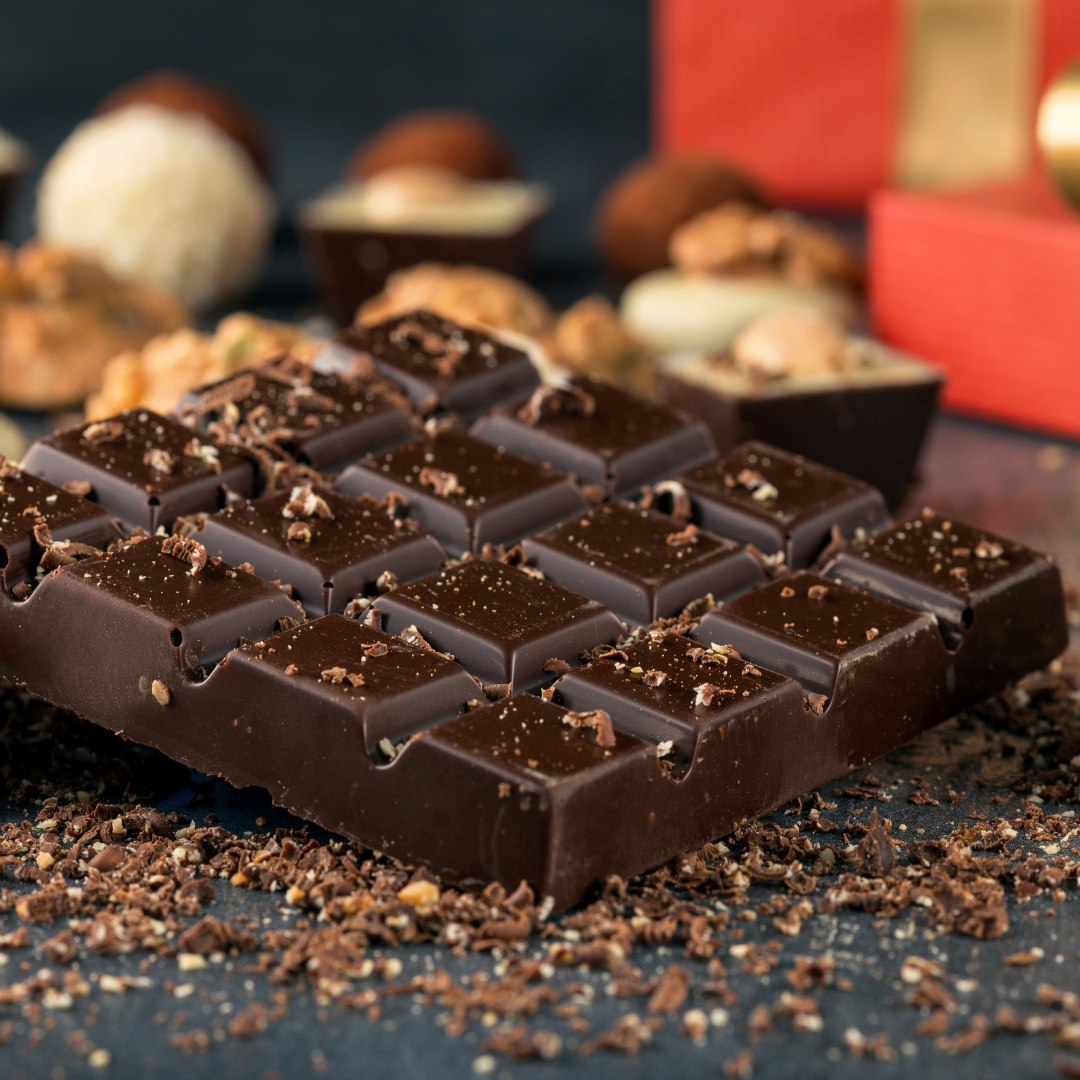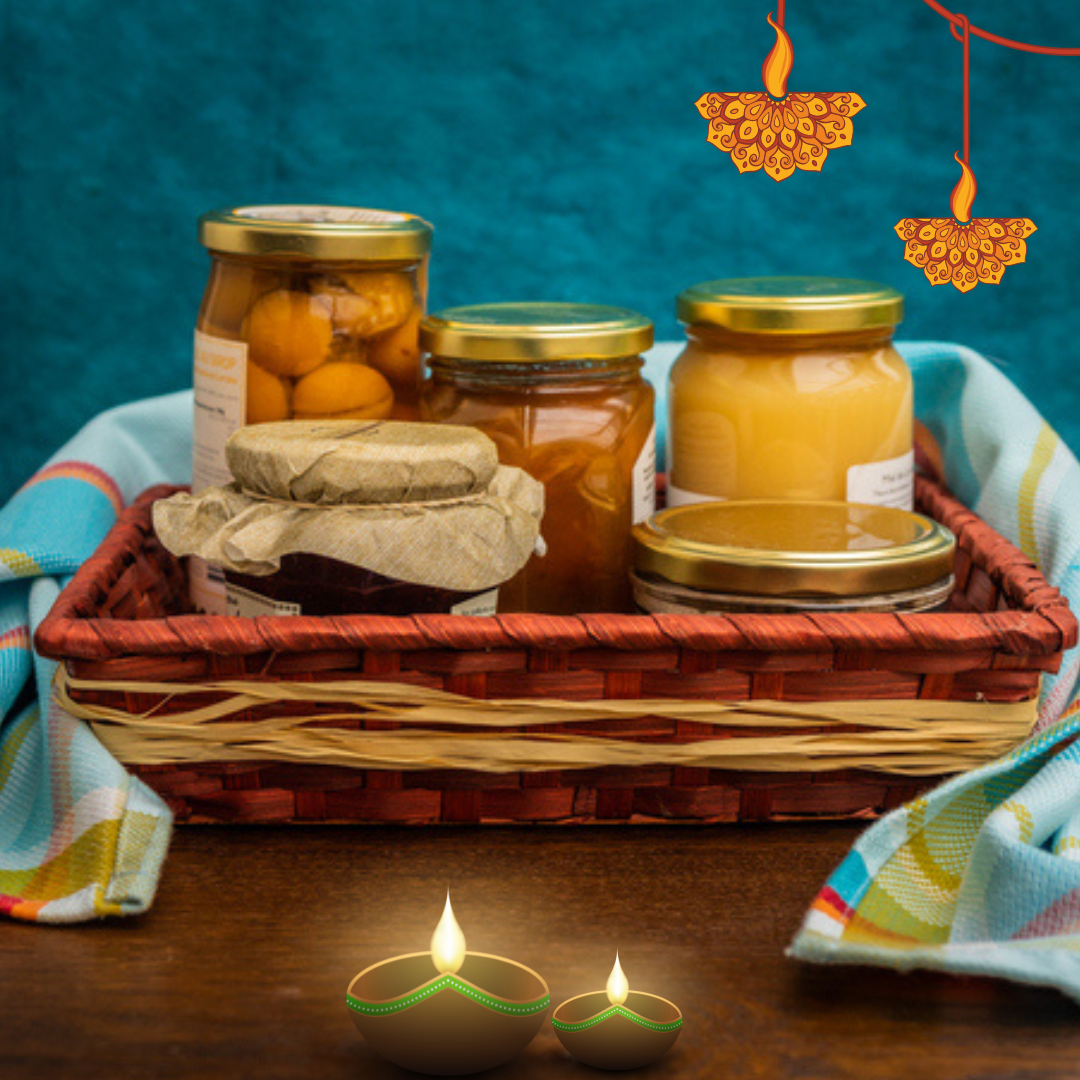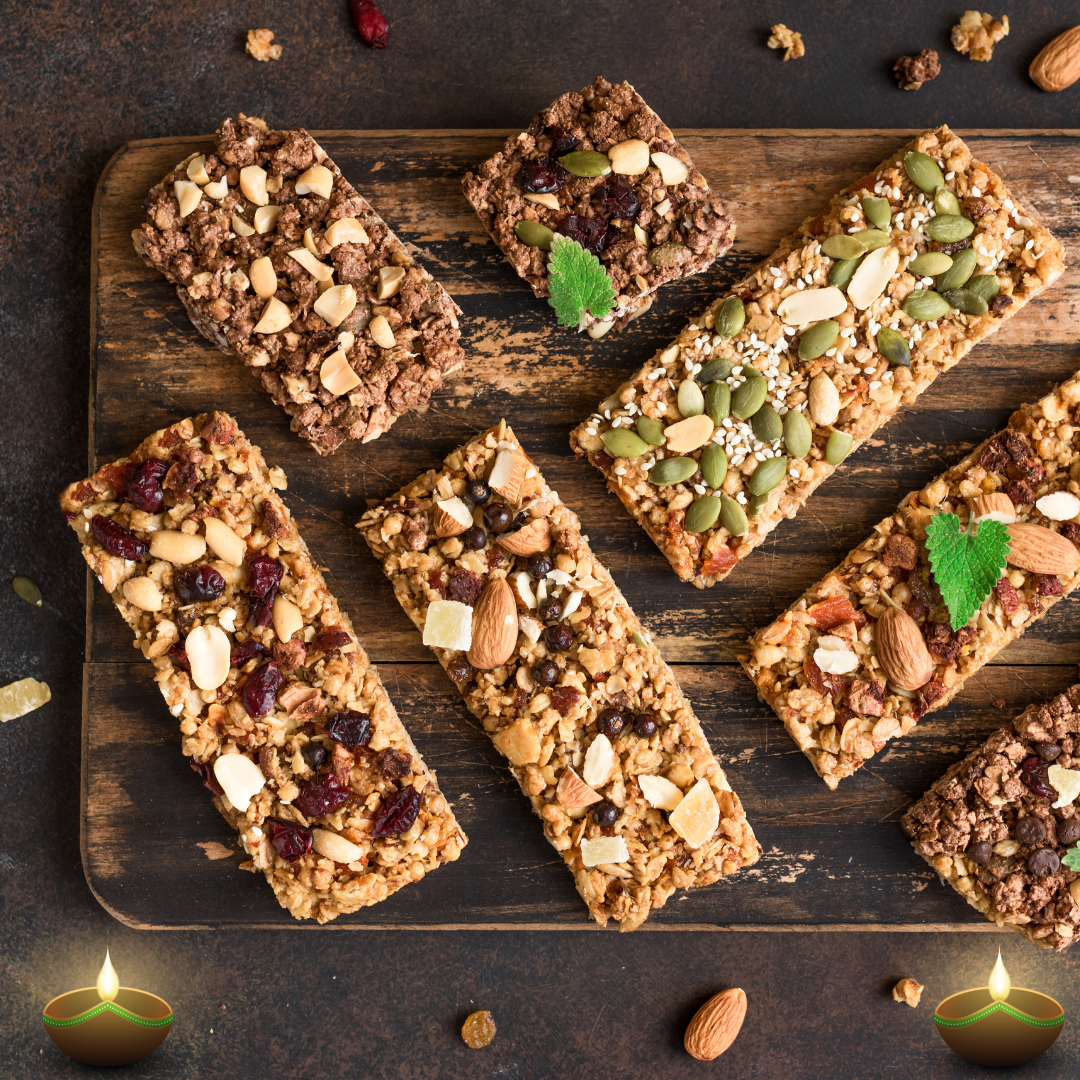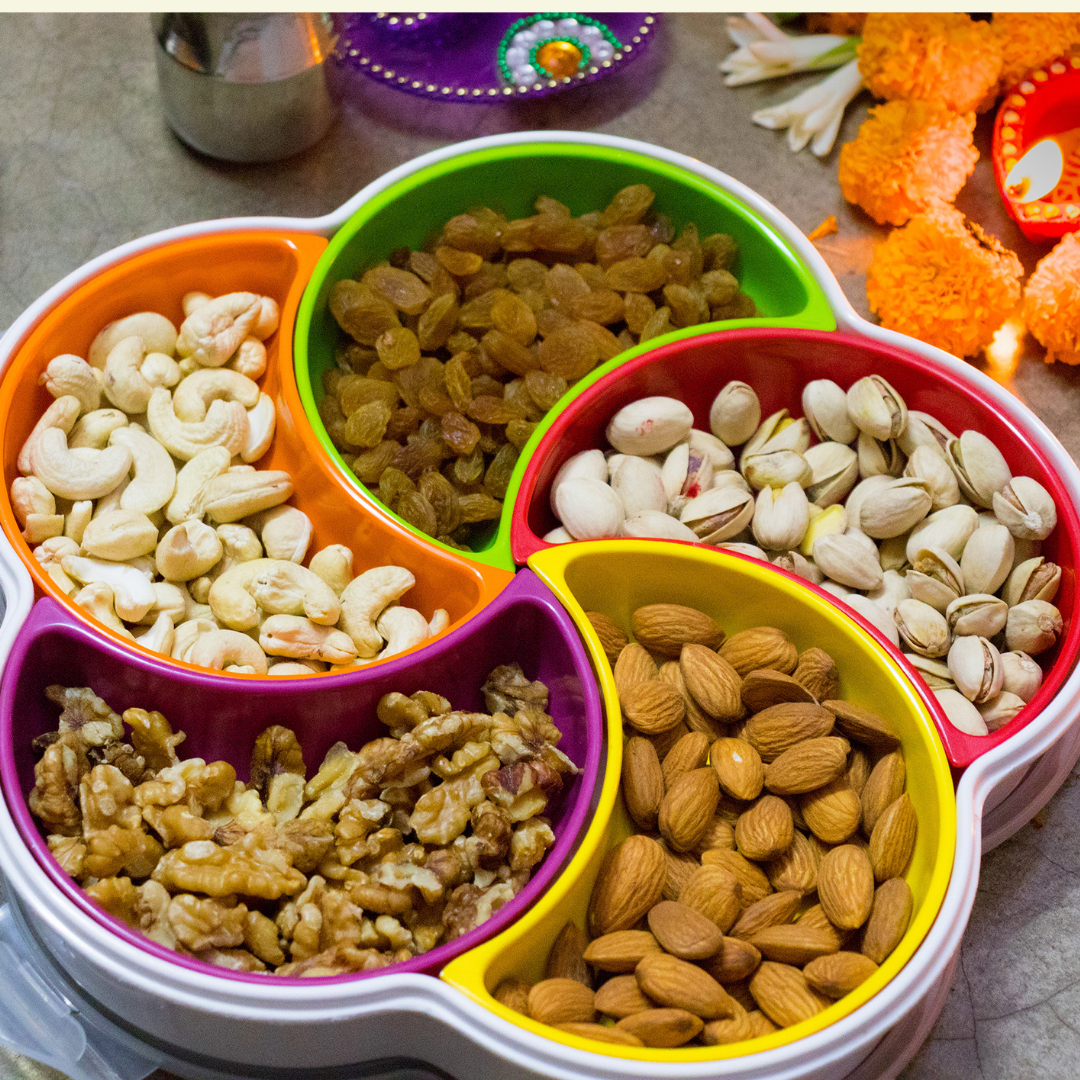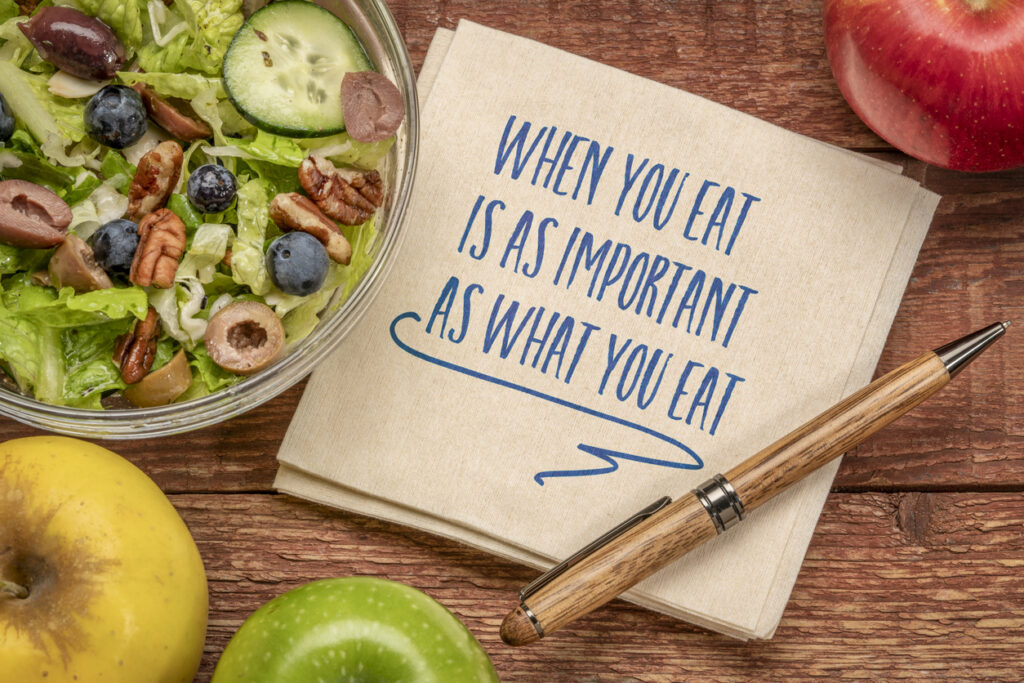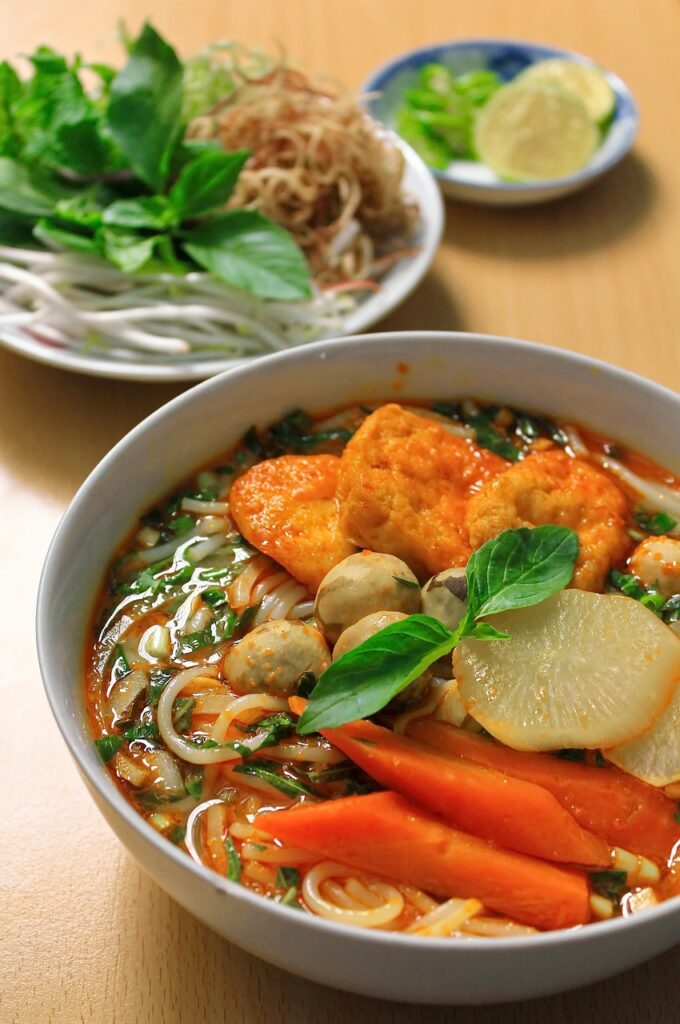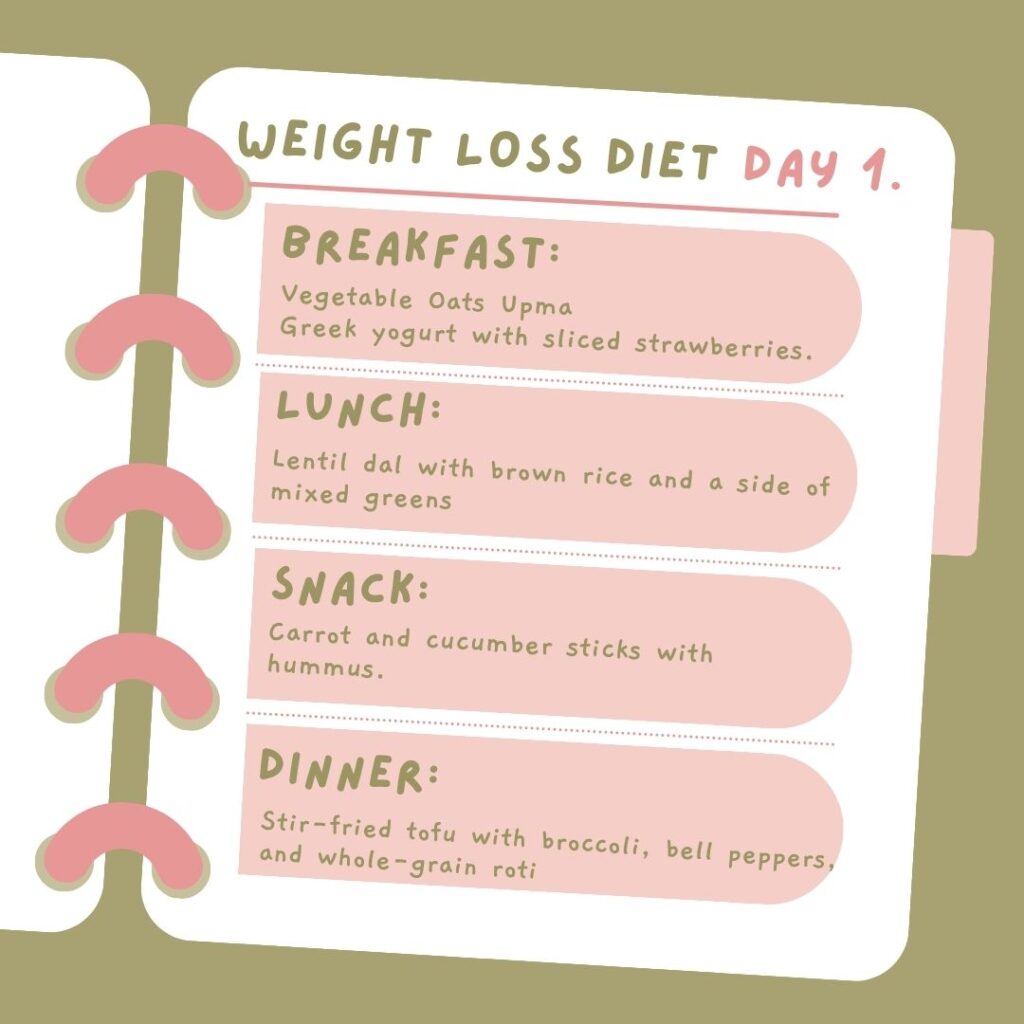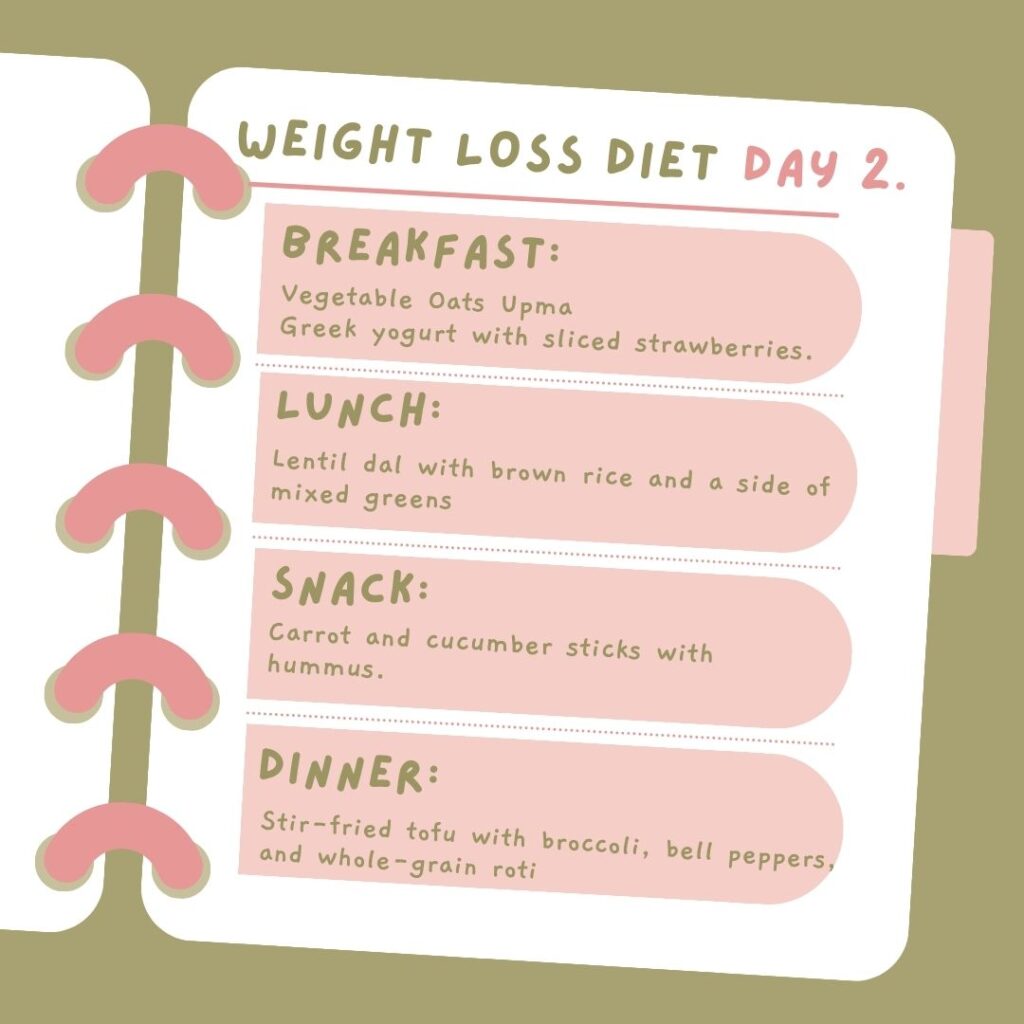Decoding the Air We Breathe: Understanding AQI and Its Impact on Your Health
The Silent Killer: How Air Pollution is Affecting Your Lungs (and What You Can Do About It)
In today’s busy cities, the air we breathe is a silent danger. Air pollution is a big problem in India’s cities, harming our lungs. This article will help you understand how air quality affects lung health. It will also give you tips to protect yourself and your family from polluted air.

Key Takeaways
- Understand the Air Quality Index (AQI) and its impact on public health
- Identify the common air pollutants and their sources in urban environments
- Recognize the direct and long-term effects of air pollution on the respiratory system
- Discover practical steps to safeguard your lungs from the harmful effects of poor air quality
- Explore advanced air purification solutions and natural ways to boost lung health
Understanding Air Quality Index (AQI) and Its Impact on Public Health
The Air Quality Index (AQI) is key to knowing air pollution levels and its health effects. It gives a clear measure of air quality. This helps people decide when to go outside and how to stay safe.
What Different AQI Levels Mean for Your Health
The AQI scale goes from 0 to 500. Lower numbers mean cleaner air, while higher numbers mean worse pollution. Here’s how different AQI levels affect your health:
- AQI 0-50 (Good): Minimal or no health concerns.
- AQI 51-100 (Moderate): Acceptable air quality, but some pollutants may pose a moderate health risk for a small number of people who are unusually sensitive to air pollution.
- AQI 101-150 (Unhealthy for Sensitive Groups): Air quality is unhealthy for sensitive individuals, such as those with respiratory conditions or the elderly.
- AQI 151-200 (Unhealthy): Air quality is unhealthy for the general public, and everyone may experience health effects.
- AQI 201-300 (Very Unhealthy): Air quality is hazardous, and the entire population is likely to be affected.
- AQI 301-500 (Hazardous): Air quality is considered extremely dangerous for the entire population, and everyone is at risk of serious health effects.
Critical Air Quality Parameters You Should Know
The AQI is based on measuring PM2.5 and PM10 levels. These particles can harm your lungs and are watched closely in AQI calculations.
Real-time AQI Monitoring in Indian Cities
Many Indian cities now track air quality in real-time. This info helps people know when to stay indoors and how to protect themselves.
Knowing about AQI helps us all work towards cleaner air and better health in our communities.
The Growing Crisis of Air Pollution in Indian Metropolitan Areas
India’s big cities face a severe air pollution crisis. The rapid growth of cities and industries has made air pollution very bad. This is a big problem for the environment and people’s health. It’s also linked to climate change worldwide.
Industrial growth and city expansion are main causes. More factories and power plants without good pollution control have made air worse. Also, more cars and poor traffic management have added to the problem.
The effects of this crisis are huge. It harms health and the environment. People get sick from bad air, and it also hurts the planet. This makes climate change even harder to deal with.
| City | Annual Average PM2.5 Level (μg/m³) | WHO Guideline |
|---|---|---|
| Delhi | 98.2 | 5 μg/m³ |
| Mumbai | 45.2 | 5 μg/m³ |
| Kolkata | 58.1 | 5 μg/m³ |
The table shows how bad air pollution is in India’s big cities. The PM2.5 levels are way over what’s safe. This shows we need to act fast to fix this big problem.
To solve the air pollution crisis, we need many steps. We need better rules, better enforcement, and more green practices. By focusing on environmental issues and climate change, we can make cities healthier for everyone.
Common Air Pollutants and Their Sources in Urban Environment
In cities, we face many air pollutants that harm our health. These pollutants come from various sources. Knowing where they come from helps us tackle the air quality problem.
Industrial Emissions and Vehicle Exhaust
Factories and vehicles are big polluters in cities. They release harmful gases like sulfur dioxide and nitrogen oxides. Cars and trucks also add to the pollution with their exhaust.
Agricultural Burning and Construction Dust
Burning crops and construction sites also pollute the air. Smoke from burning crops and dust from construction sites can reach cities. This makes the air worse.
Indoor Air Pollution Sources
Indoor air can also be polluted. Cleaning products, cooking, and building materials release harmful gases. These gases can make indoor air unhealthy.
| Air Pollutant | Primary Sources | Potential Health Impacts |
|---|---|---|
| Particulate Matter (PM2.5 and PM10) | Vehicle emissions, industrial processes, construction activities, agricultural burning | Respiratory problems, cardiovascular diseases, lung cancer |
| Nitrogen Oxides (NOx) | Combustion processes, vehicle exhaust, power plants | Respiratory irritation, lung damage, increased risk of asthma |
| Sulfur Dioxide (SO2) | Industrial processes, power plants, transportation | Respiratory issues, aggravation of heart and lung diseases |
| Volatile Organic Compounds (VOCs) | Household products, construction materials, paint, adhesives | Eye, nose, and throat irritation, headaches, dizziness |
Knowing where air pollutants come from is key. It helps us find ways to clean the air and keep people healthy.
AQI and Health: Direct Correlations and Long-term Effects
The air we breathe greatly affects our health, especially our lungs. The Air Quality Index (AQI) shows how air pollution impacts us now and in the future. Knowing this helps us protect our lungs.
Research links high AQI levels to more health risks. Bad air can cause breathing problems like coughing and wheezing. But, it can also harm our lungs over time, leading to serious diseases like asthma and lung cancer.
Air pollution affects more than just our lungs. It can also harm our hearts, increasing the risk of heart disease and stroke. This shows how important it is to tackle air pollution as a major health issue.
| AQI Range | Health Implications |
|---|---|
| 0-50 (Good) | Minimal or no health risks |
| 51-100 (Moderate) | Increased sensitivity for some individuals, especially those with pre-existing lung health conditions |
| 101-150 (Unhealthy for Sensitive Groups) | Increased likelihood of respiratory symptoms and effects of air pollution on health for sensitive groups |
| 151-200 (Unhealthy) | Increased risk of respiratory symptoms and health risks for the general population |
| 201-300 (Very Unhealthy) | Significant risk of respiratory symptoms and effects of air pollution on health for the general population |
| 301-500 (Hazardous) | Serious risk of respiratory and cardiovascular health risks, with the potential for lung health complications |
It’s key to know how AQI affects our health. This knowledge helps us protect our lungs and overall health. By being informed, we can reduce our exposure to pollution and keep our lungs and hearts healthy.

How Air Pollution Affects Different Parts of Your Respiratory System
Exposure to air pollution can harm many parts of the respiratory system. This can lead to short-term and long-term health problems. It’s important to know how pollutants affect the respiratory tract to keep it healthy.
Upper Respiratory Tract Impact
The upper respiratory tract, like the nose, sinuses, and throat, fights off pollutants first. Fine particles and irritants can cause swelling and more mucus. This can lead to stuffy noses, sinus problems, and sore throats.
Long-term exposure might cause chronic rhinitis and sinusitis.
Lower Respiratory System Damage
When pollutants reach the lungs, they can harm the lower respiratory system. Ozone and nitrogen oxides can irritate the bronchial tubes. This can make breathing harder, leading to coughing and wheezing.
Fine particles can also get into the alveoli, the tiny air sacs in the lungs. This can cause inflammation and make it hard for the lungs to breathe.
Long-term Lung Health Implications
Long-term exposure to air pollution can lead to serious health issues. It can cause chronic obstructive pulmonary disease (COPD), lung cancer, and other diseases. It can also affect lung function in children, making them more prone to respiratory problems later.
It’s vital to protect your respiratory health and lung function from air pollution. Knowing how pollutants affect the respiratory system helps. This knowledge allows individuals to reduce exposure and protect their lungs for the long term.
Vulnerable Groups: Who’s Most at Risk from Poor Air Quality
Air pollution harms everyone, but some groups are more at risk. It’s important to know who these groups are and why they face bigger environmental issues. This knowledge helps us tackle the global problem of poor air quality.
Children are especially vulnerable. Their lungs and immune systems are still developing. This makes them more likely to suffer from long-term respiratory problems and lung damage.
The elderly also face big health risks from air pollution. As we get older, our bodies can’t filter out toxins as well. This can make heart and lung diseases worse.
Pregnant women and their unborn babies are at high risk too. Air pollution can cause premature birth, low birth weight, and developmental issues. Pregnant women need to take extra care to protect themselves and their babies.
People with health conditions like asthma, COPD, and heart disease are also at risk. Air pollution can make their symptoms worse. This can lead to serious health problems, hospitalization, and even death.
Knowing the health risks faced by these groups is key. It helps us create plans to reduce the harm caused by air pollution. By focusing on their protection, we can work towards cleaner, healthier air for everyone.

Practical Steps to Protect Your Lungs from Air Pollution
With air pollution on the rise, it’s vital to protect your lungs. This guide covers essential gear, daily habits, and managing indoor air quality. It helps shield your respiratory system from polluted air.
Essential Protective Gear and Equipment
Wearing a high-quality, fitted face mask is a key step. Choose masks that filter out PM2.5 and other pollutants. For extra protection, consider a reusable respirator or N95 mask, especially in polluted areas.
Daily Habits for Minimizing Exposure
- Plan your commute to avoid high-traffic routes and peak pollution times.
- Limit outdoor activities when air quality is poor, especially during early morning and evening hours.
- Keep windows and doors closed, and use air purifiers to improve indoor air quality.
- Maintain good indoor hygiene by regularly dusting and vacuuming to reduce the buildup of pollutants.
Indoor Air Quality Management
Improving indoor air quality is crucial. Install HEPA filters in your HVAC system. Also, use portable air purifiers in rooms. Clean and maintain these devices regularly for best results.
| Protective Gear | Daily Habits | Indoor Air Quality |
|---|---|---|
| N95 masks | Avoid high-traffic routes | HEPA filters |
| Reusable respirators | Limit outdoor activities | Air purifiers |
| Certified face masks | Maintain indoor hygiene | Regular cleaning and maintenance |
By following these steps, you can protect your lungs from air pollution. Remember, proactive measures are essential for your health in polluted areas.
Advanced Air Purification Solutions for Your Home
Advanced air purification technologies are key in the fight against poor indoor air quality. These solutions offer top-notch clean air for your home. They also protect your family’s breathing health.
High-Efficiency Particulate Air (HEPA) filters are among the best air purifiers for home. They can catch up to 99.97% of airborne particles. This includes dust, pollen, and tiny bacteria. HEPA filters are great for homes where allergies are a big issue.
Activated carbon filters are another advanced choice. They are experts at removing gaseous pollutants like VOCs and formaldehyde. Using both HEPA and carbon filters gives you total clean air protection.
- Ionizing air purifiers use electrical charges to attract and trap airborne particles, effectively cleaning the air without the need for physical filters.
- UV-C light technology in air purifiers can help neutralize airborne pathogens, including viruses and bacteria, providing an added layer of indoor air quality assurance.
- Smart air purifiers equipped with sensors and advanced algorithms can automatically adjust their performance to suit the changing air quality conditions in your home.
When picking an air purifier, think about room size, noise level, energy use, and special needs. By choosing these air purification solutions, you can breathe better. You’ll also enjoy a healthier, more comfy home.
“Investing in a high-quality air purifier is one of the best ways to protect your family’s respiratory health in today’s polluted world.”
Natural Ways to Boost Lung Health in Polluted Environments
Worsening air quality makes it vital to use natural methods to protect your lungs. You can do this by doing respiratory exercises, using breathing techniques, and eating foods that support lung health. These steps can help you fight the bad effects of air pollution.
Respiratory Exercises and Breathing Techniques
Doing respiratory exercises like diaphragmatic breathing can make your lungs stronger. Techniques like deep breathing and the 4-7-8 method help your body get more oxygen. They also reduce stress and improve lung health.
Adding these practices to your daily life can greatly help you handle polluted air better.
Diet and Supplements for Lung Protection
Eating a diet full of antioxidants is key for lung health. Foods like leafy greens and omega-3-rich fish fight inflammation. Supplements like vitamin C and N-acetylcysteine can also protect your lungs.
Always talk to a healthcare professional before starting any supplements. They can help create a plan that fits your needs.
FAQ
What is the Air Quality Index (AQI) and how does it impact public health?
The Air Quality Index (AQI) shows how clean or dirty the air is. It ranges from 0 to 500. Numbers above 100 mean the air is unhealthy.
Different AQI levels mean different health risks. These can range from mild irritation to serious health problems.
What are the critical air quality parameters I should know about?
You should know about PM2.5 and PM10. These tiny particles can harm your lungs. Other pollutants like ozone, nitrogen dioxide, and sulfur dioxide are also important.
How can I monitor real-time air quality in my city?
Many cities in India have systems to track air quality. You can use apps, government websites, or air quality platforms to check AQI levels. This helps you plan and stay safe when pollution is high.
What are the primary sources of air pollution in urban environments?
Air pollution in cities comes from many sources. Industrial emissions, vehicle exhaust, and burning of agricultural waste are big contributors. Construction and indoor pollution from chemicals and cooking also play a role.
How does air pollution directly impact my respiratory health?
Air pollution can hurt your lungs right away and over time. Short-term exposure can cause irritation and breathing problems. Long-term exposure can lead to serious conditions like asthma and lung cancer.
It can also make existing lung problems worse.
Which groups are most vulnerable to the health risks of air pollution?
Some groups face bigger risks from air pollution. These include children, the elderly, pregnant women, and people with lung or heart problems. They are more likely to get sick and face long-term health issues.
What can I do to protect my lungs from air pollution on a daily basis?
To keep your lungs safe, wear good masks outside. Avoid hard activities when pollution is high. Use air purifiers and keep your home well-ventilated to improve indoor air.
What types of air purifiers are most effective in removing air pollutants?
Look for air purifiers with HEPA filters, activated carbon, and UV-C light. These can remove many pollutants, including tiny particles and some germs. Choose based on your space size, the pollutants you want to remove, and the purifier’s CADR.
How can I naturally boost my lung health in polluted environments?
Do exercises that help your breathing and eat foods that are good for your lungs. Try deep breathing, pursed-lip breathing, and eat foods like leafy greens, fatty fish, and turmeric.


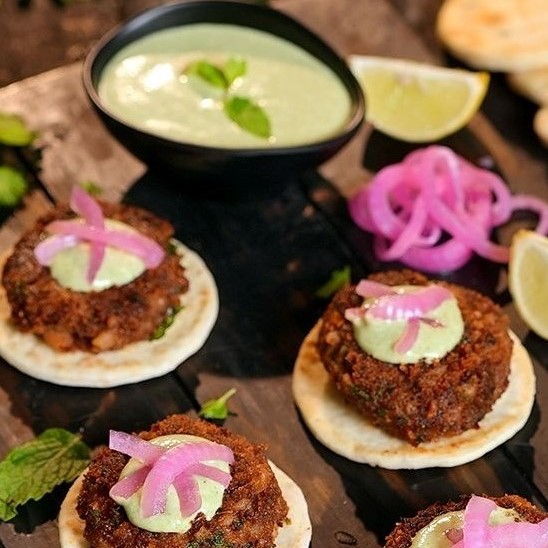


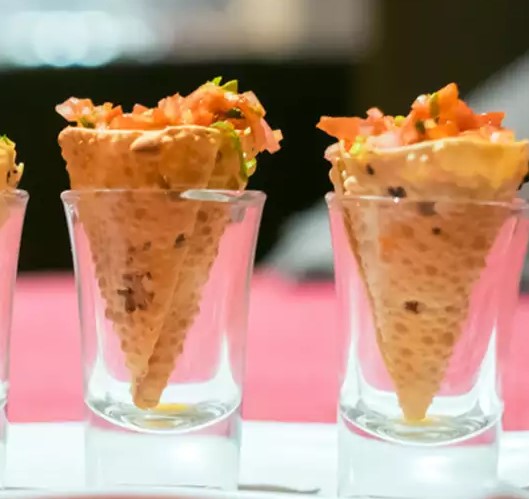


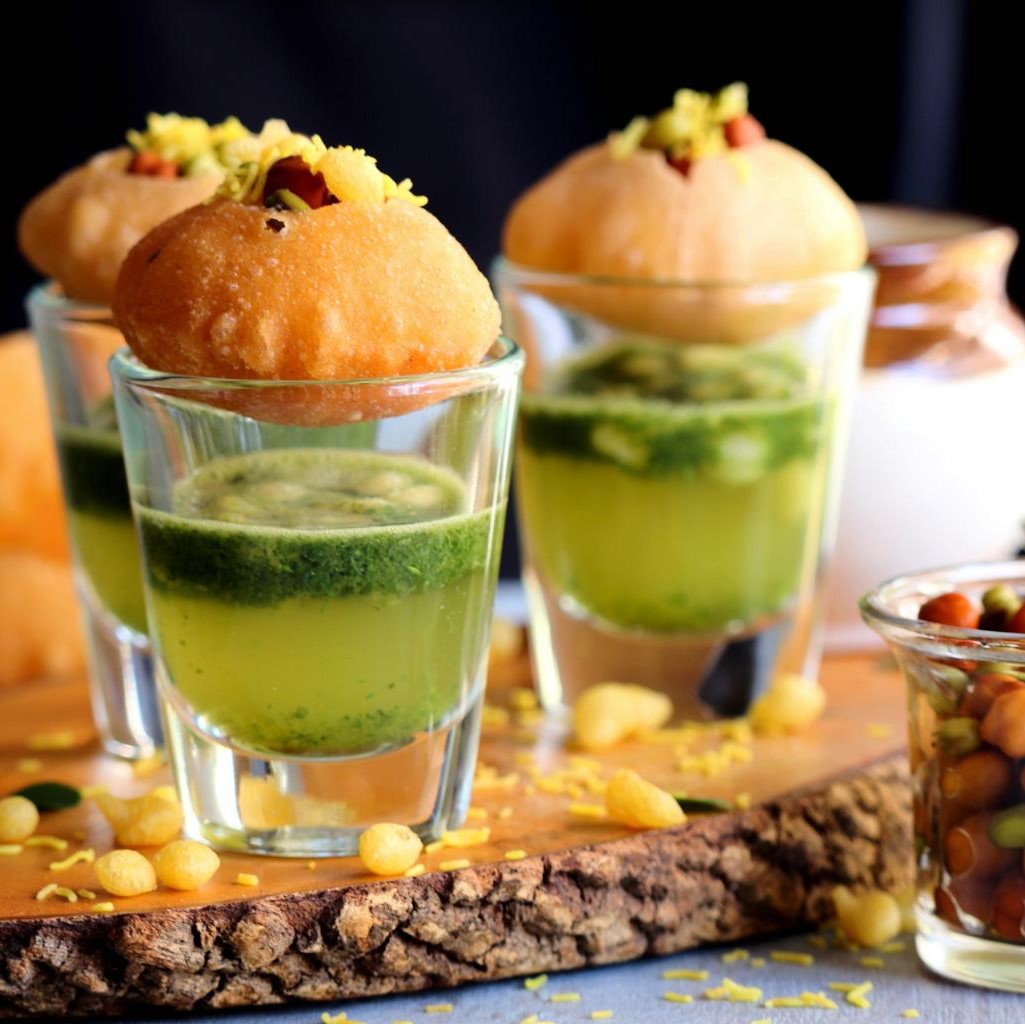
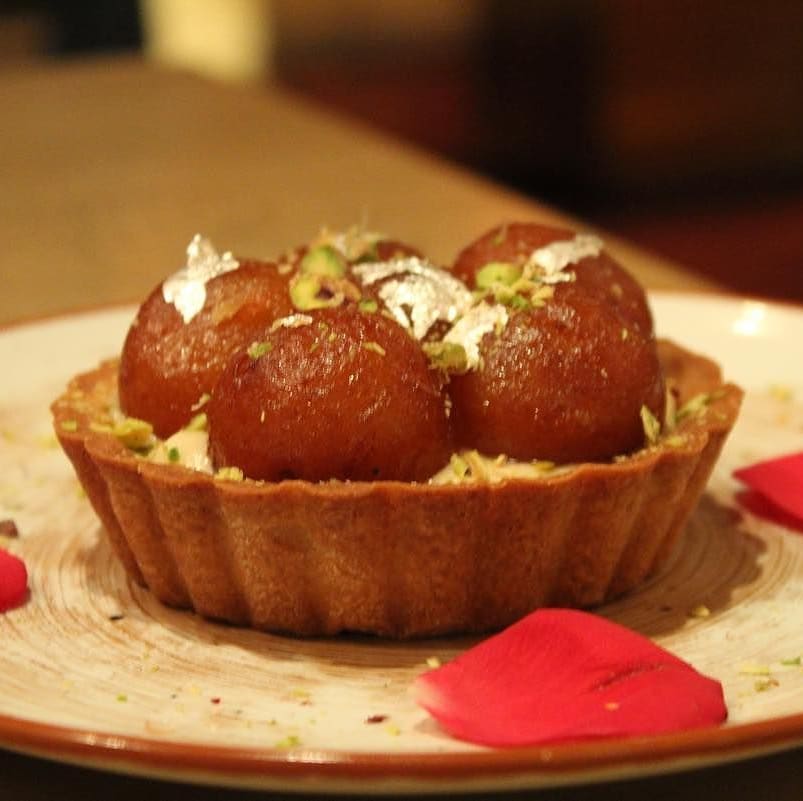
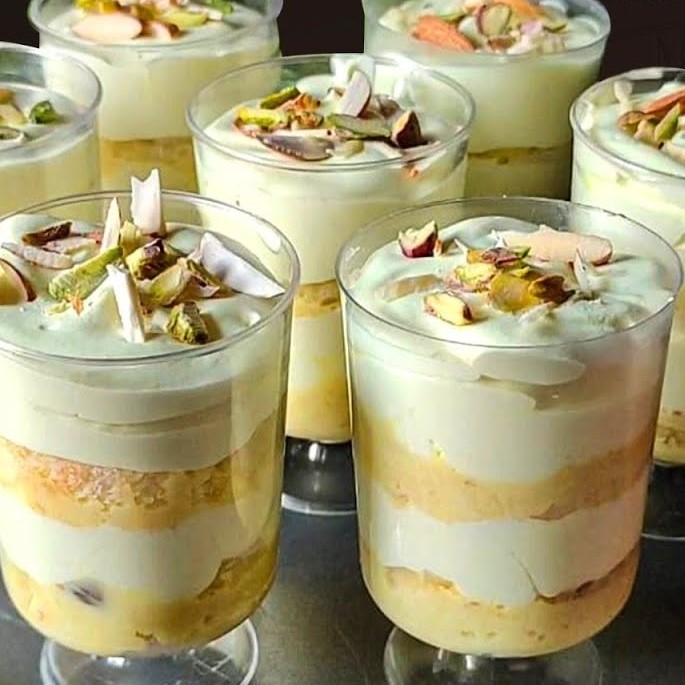

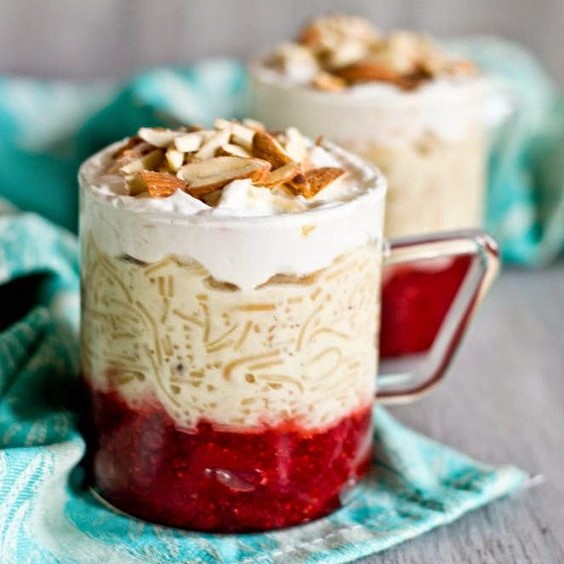
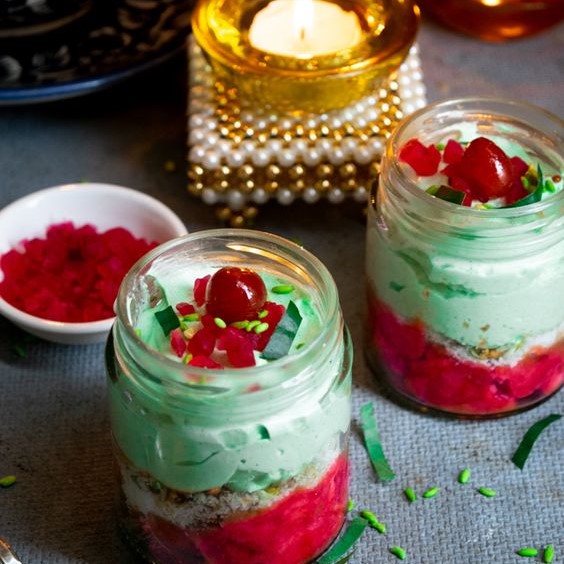
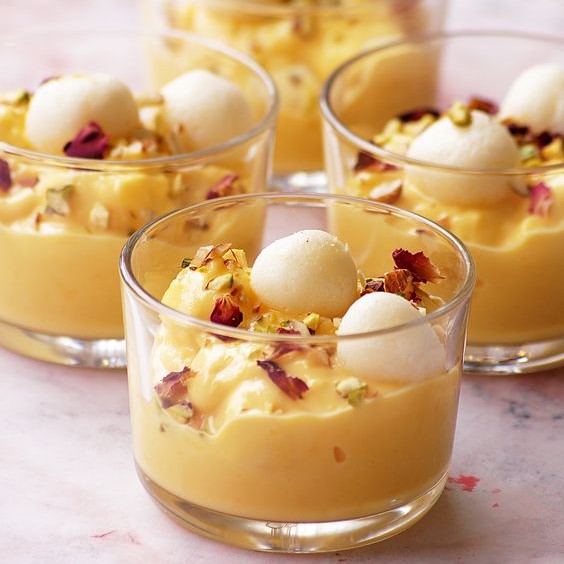



 Imagine a young, health-conscious individual who wants to spread the joy of Diwali without compromising their wellness goals. They ponder over the perfect gift that combines the festive spirit with a commitment to health. The solution? A curated gift hamper filled with healthy delights that are as delicious as they are nutritious.
Imagine a young, health-conscious individual who wants to spread the joy of Diwali without compromising their wellness goals. They ponder over the perfect gift that combines the festive spirit with a commitment to health. The solution? A curated gift hamper filled with healthy delights that are as delicious as they are nutritious. In recent years, India has seen a significant rise in lifestyle diseases such as diabetes, obesity, and cardiovascular issues. According to the World Health Organization (WHO), over 77 million people in India are living with diabetes, making it the diabetes capital of the world. This alarming statistic has led to a growing awareness of the need for healthier eating habits, particularly during festive seasons when indulgence is at its peak .
In recent years, India has seen a significant rise in lifestyle diseases such as diabetes, obesity, and cardiovascular issues. According to the World Health Organization (WHO), over 77 million people in India are living with diabetes, making it the diabetes capital of the world. This alarming statistic has led to a growing awareness of the need for healthier eating habits, particularly during festive seasons when indulgence is at its peak .